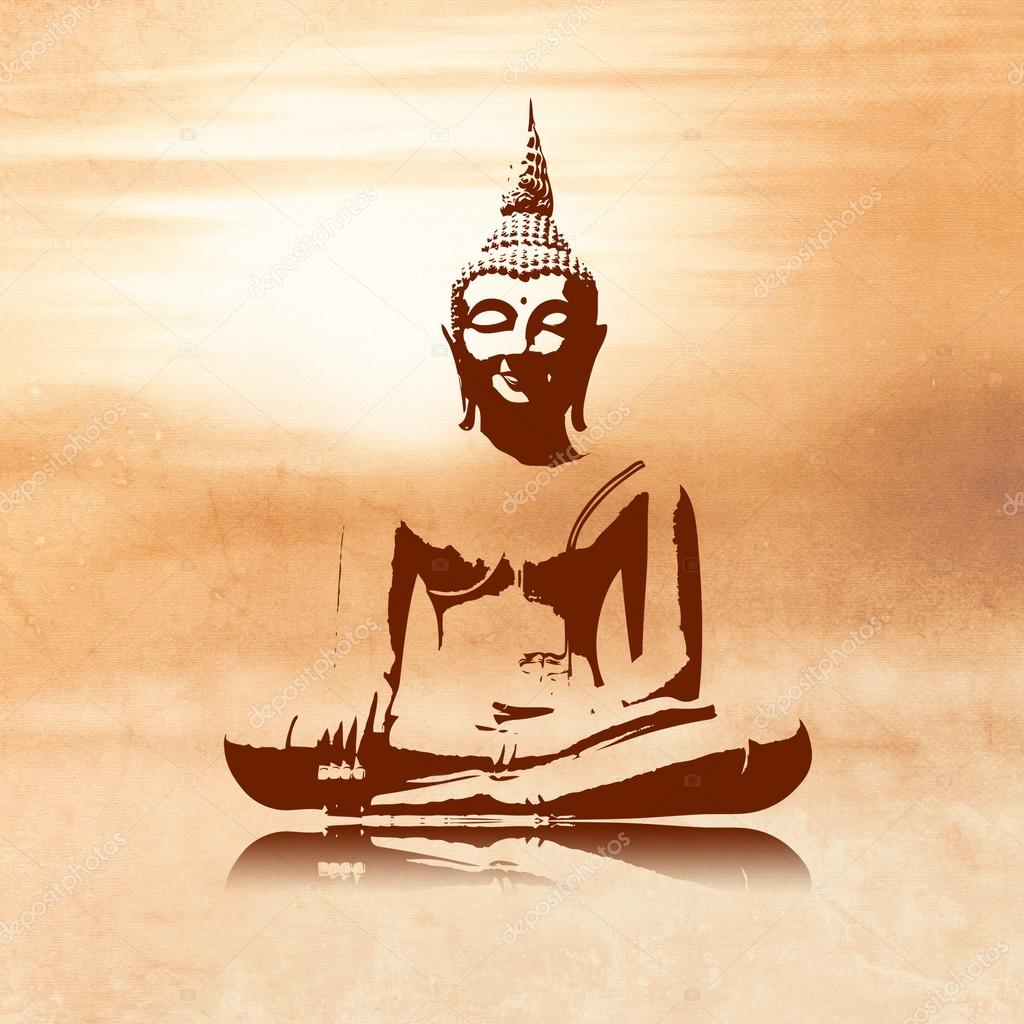
= Avatamsaka Sutra) and Hannya Shingyō 般若心経 (Skt. = Kumarajū 鳩摩羅什, 350 - 410), who rendered Kannon’s name as “One Who Observes the Sounds of the World.” Kannon also appears in the Kegonkyō 華厳経 (Skt. Kannon is mentioned in numerous Mahayana sutra (religious texts), especially the Lotus Sutra 法華経 (Hokekyō), which was translated into Chinese by Kumārajīva (Jp. = Bosatsu), one who achieves enlightenment but postpones Buddhahood until all can be saved. Another Japanese name for Kannon is Kanzeon 観世音, the one who constantly surveys (kan 観) the world (ze 世) listening for the sounds (on 音) of suffering. The Sino-Japanese term Kannon 観音 (Chinese = Guānyīn) literally means watchful listening, and is often translated as “one who sees / hears all.” This is indeed the task of the compassionate Kannon - to witness and listen to the prayers and cries of those in difficulty in the earthly realm, and to help them achieve salvation. Īśvara, another name for Śiva, Mahêśvara, or Īśvaradeva (the king of the deva), is a likely component of the name Avalokitêśvara. Avalokitêśvara is a Sanskrit term, masculine in gender, that translates as Lord Who Regards All (avalokita = observe, iśvara = unimpeded). Each of these nations dressed Kannon in different forms to suit their own temperaments and spiritual concepts. Originally male in form, Kannon is now often portrayed as female in China, Japan, and other East Asian countries. Many Kannon statues from Japan’s Asuka Era (538 to 710) are still extant. It is commonly said to be located at the southern tip of India (which supports theories of Kannon’s Indian origin). In Japan, Kannon’s paradise is known as Fudarakusen. Veneration of Kannon in Japan began in the late 6th century, soon after Buddhism reached Japan by way of Korea and China. Kannon’s origins are unclear, but most scholars agree that Kannon worship began in India around the 1st or 2nd century AD and then spread to Southeast Asia, China, Korea, and most other Asian nations. Kannon personifies compassion and is one of the most widely worshipped divinities in Asia and Japan in both ancient and modern times. It is best to place an outdoor Buddha sculpture in close relation to a water body, or in the vicinity of a flowering plant to represent. So long as he is elevated in some capacity, it is respected. You can also place Buddha on your balcony, or even in a flower box. Kannon worship remains non-denominational and widespread. You can then place the statue on the structure so it is not touching the ground.

One of Asia’s and Japan’s most beloved deities. Represented in Artwork as Male or Female.Īssists People in Distress in Earthly Realm One Who is Sensitive to the Sufferings of the WorldĬries of the DistressedProtector of the AfflictedĬomes in Many Forms, Many Manifestations.The Kannon Notebook is an ongoing project aimed at scholars, art historians, practitioners, and laity alike. It features nearly 130 photos, copious reference notes, spellings in multiple Asian languages, and a handy A-to-Z List of Kannon Forms. This report catalogs over 100 forms of Kannon in Japan.


 0 kommentar(er)
0 kommentar(er)
